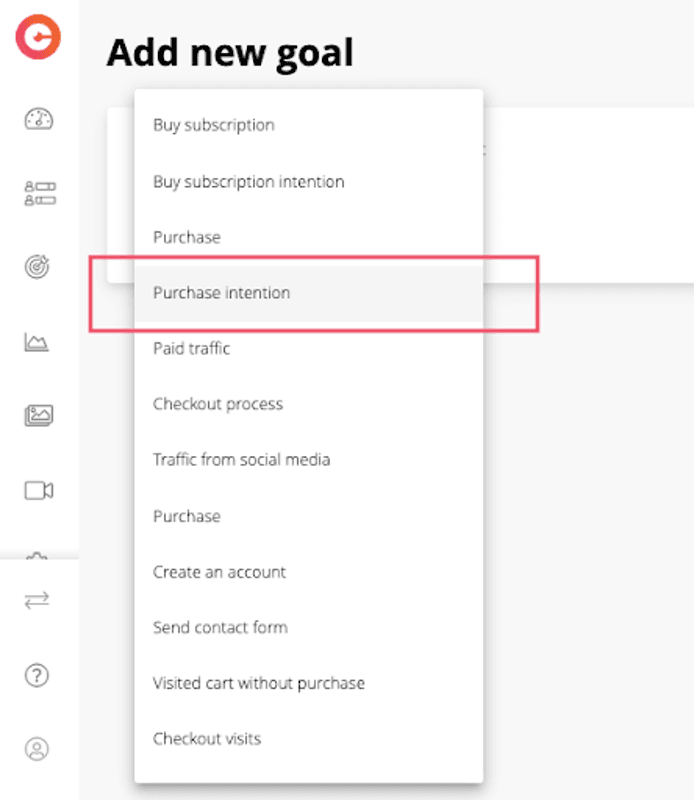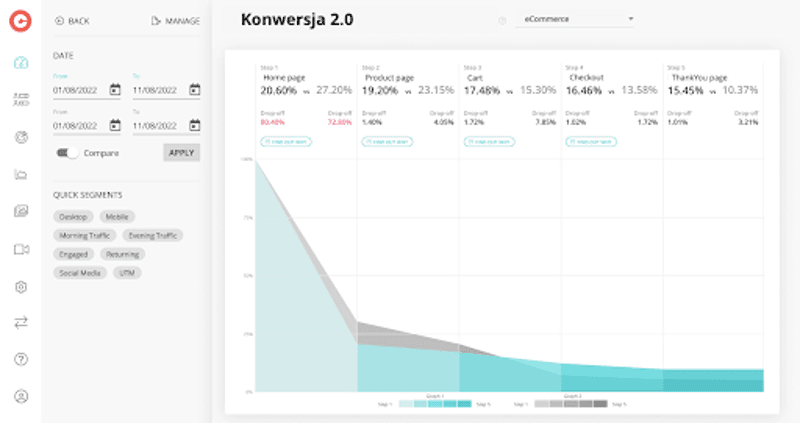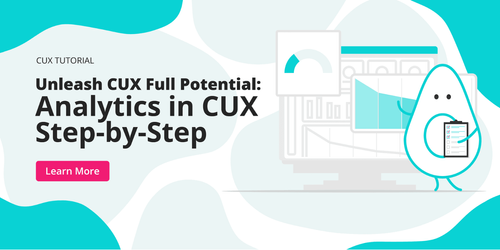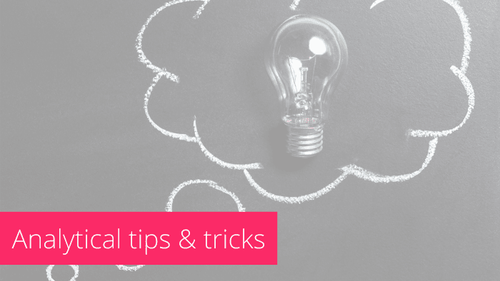Data-Driven E-Commerce
12.09.2023
4 minutes read
Conversion rate 2.0 – how analytics increases conversion?
Do you hear the word "conversion" and automatically think about sales? You're not wrong! But you're only adding one piece to your business puzzle.

List of Contents
Do you hear the word "conversion" and automatically think about sales? You're not wrong! But you're only adding one piece to your business puzzle. A broader, more holistic approach to conversion will allow you to optimize profits on a larger scale. Let us introduce you to Conversion 2.0!
It all starts with designing businesses and services based on the customer's perspective. To implement such an approach in your e-commerce, you must begin your journey with user behavior analysis. Why? Of course, to finally discover the true customer journey. And "true" in this case doesn't necessarily mean planned. It's one that includes not only the path but also all its stops, such as comparing products in different tabs, returning to the shopping cart, checking shipping costs, stepping away from the computer to answer the phone (session time), and a bunch of other small scenarios.
What is conversion in e-commerce?
You probably already know that conversion is that wonderful situation when a user performs an action that you desire. Although there are many examples of conversions, in the world of e-commerce, it's common to think of conversion as a single event, meaning a completed payment.
However, in reality, a conversion can consist of many different events, such as filling out a form correctly, going through several points on the website, signing up for a newsletter, etc. Therefore, even small improvements to the website or customer journey can translate into improved results.
Can intentions be measured?
Measuring the conversion rate for sales is rather trivial, and most analytics tools can do it for you. The problem usually arises when you want to measure... purchase intent. Because can something as elusive as intent be a conversion?
Yes! If we treat the conversion as a goal fulfillment, determining the moment when a customer has a purchase intent can be crucial for further optimization.

Capturing visits where purchase intent appeared (but no actual sale occurred) gives you extremely valuable information – potential customer problems that prevent them from completing the purchase. With such an approach, your optimizations should lead to acquiring more valuable traffic and attracting more and more satisfied customers to your store.
New approach to conversion - Conversion 2.0
To optimize the "real" customer journey (i.e., one that is broader than the one we planned), we cannot think of conversion as a narrow path. Hence, the concept of Conversion 2.0, which includes not only sales (checkout) but also marketing and product.

Marketing activities are everything that should lead the customer to the ultimate conversion, which largely includes traffic from referrals (external links). In this case, we often focus on quantitative statistics such as CPC (Cost per click), CPA (Cost per action), ROI (Return on investment), bounce rate, clicks, etc., to test the quality of the campaign.
However, to properly optimize marketing activities, it is worth looking at them as part of a larger picture – conversion 2.0. Because these first points of contact can turn out to be the most important determinants of the final outcome of your sales.
Product optimization involves everything that is related to your store from a technical point of view. Changes in forms, better CTA (Call to Action), redesign of product pages, easier customer journey, streamlining the payment process, and more.
How do we optimize the customer journey in the context of the product? We shorten it! Why? Primarily because customers are not always strongly motivated to make a purchase. It's not uncommon for a momentary and fleeting whim to lead them to your e-commerce site. Therefore, the longer the path to conversion, the more time there is for them to change their minds!

As Paulina Walkowiak, CEO of cux.io, says:
Your biggest competition is not other companies, but your customers' problems.
Therefore, remember that conversion optimization is not just about the last steps of the sales funnel (cart, checkout). To make optimizations meaningful, step back a few steps and look at the entire customer journey – from marketing communication to product interaction. This is the best way to optimize conversion 2.0.

31/08/2023
4 minutes read
Analyzing User Behaviors in CUX: Step-by-Step Guide
By studying behaviors and making small improvements at each stage of an e-commerce store's life, CUX helps increase conversions and prevent their decline almost instantly. So, how do you start the analysis with CUX?
Read more
3/07/2020
4 minutes read
5 tips to make analytics easier for you
The importance of analytics in business is no longer a novelty. Experts say that everyone should implement analytics in their business as soon as possible.
Read more
28/05/2020
4 minutes read
Conversion analysis solutions – how to create and analyze event-based conversion?
Have you ever wondered if your analytical tools setup will allow you to draw the right conclusions for your business?
Read more
